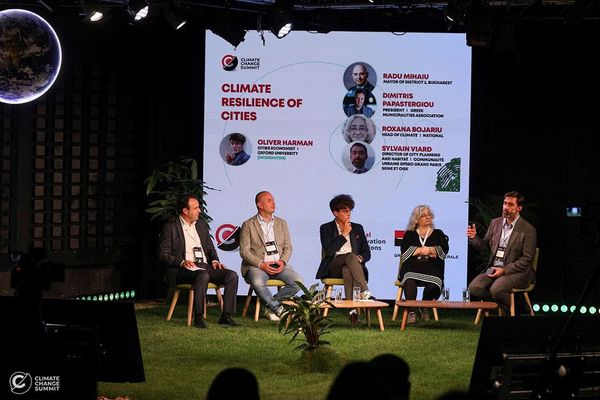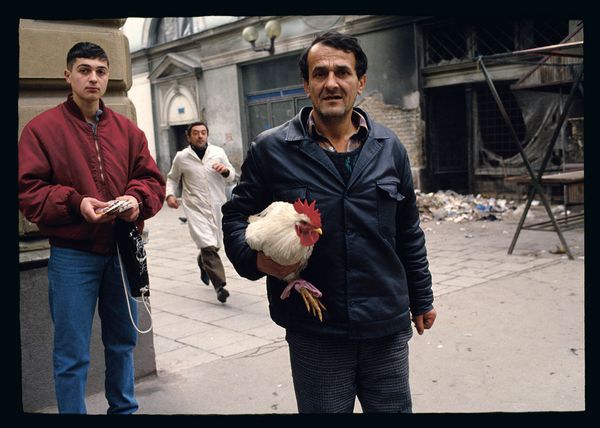The NARchitekTURA team has surprised art lovers with another unique installation: after the Renaissance collection exhibited in the summer, and Botticelli’s The Story of Virginia, we can once again see a masterpiece from the past in an unusual context. This time, Rembrandt’s truly exceptional painting The Polish Rider is on display in a truly unique setting.
Rembrandt’s work is on display in the Wawel Royal Castle in Krakow, but NARchitekTURA’s contemporary concept is strikingly different from both the historical setting of the castle and the painting’s permanent home, the Frick Collection in New York. The main aim of the project was precisely to provide a location that would noticeably lift the painting out of its usual setting. The temporary location of Rembrandt’s majestic portrait connects the painter’s long-gone world with the visual needs of the present day. Taking advantage of the castle’s interior spaces, the spatial elements created by the architects initiate a multi-faceted dialogue between the exhibited work and a broader interpretation of the artist’s oeuvre.
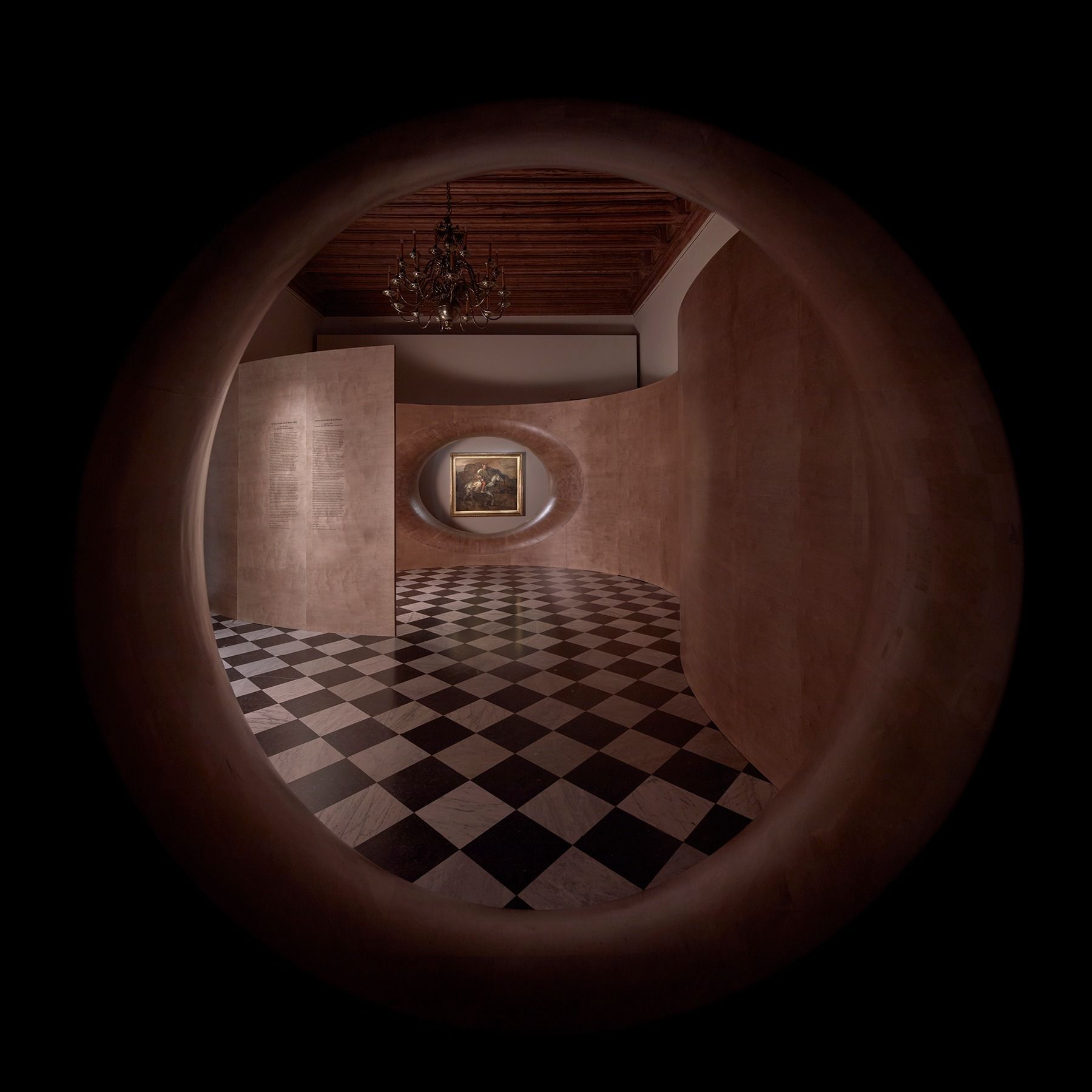
The unique character of the installation is defined by the ‘flow’ of the plywood, which is in contrast to the space’s regular silhouette and the checkered stone floor. The perfect harmony between the geometric shapes and this fluid-like structure is perhaps also due to the fact that the latter is inspired by a single, effortless line, which can be found in Rembrandt’s sketches, paintings, and engravings. The subtle lighting in the exhibition is another modern twist on Rembrandt’s painting, and also reflects the color tone of the work.
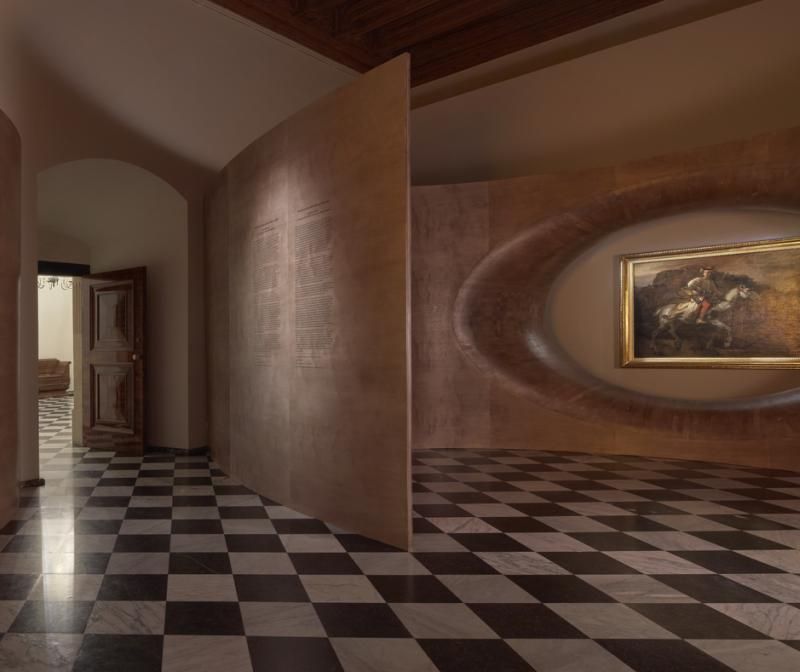
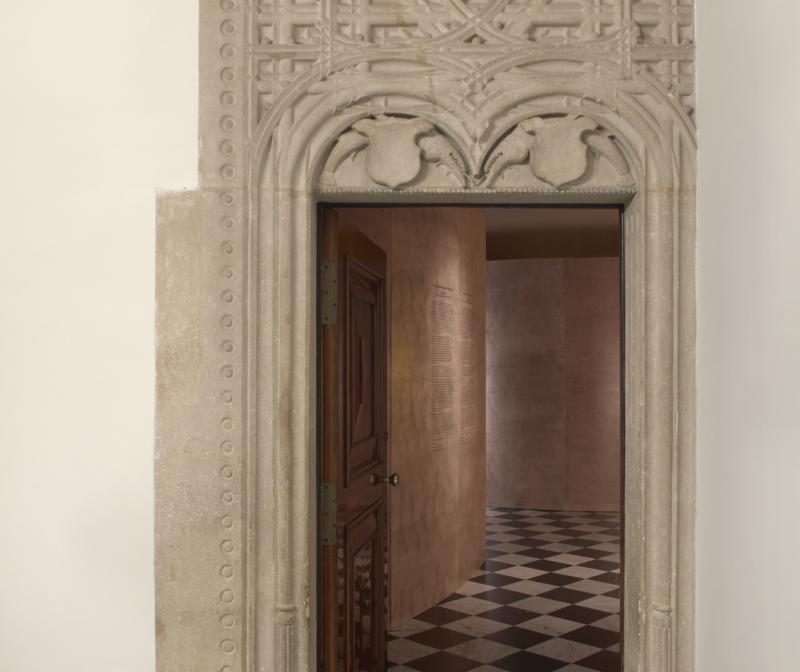
The entire installation can be considered an experiment that complements Rembrandt’s work and offers new layers of meaning. The concept behind this intimate exhibition is to provide freedom of interpretation for the already enigmatic The Polish Rider.
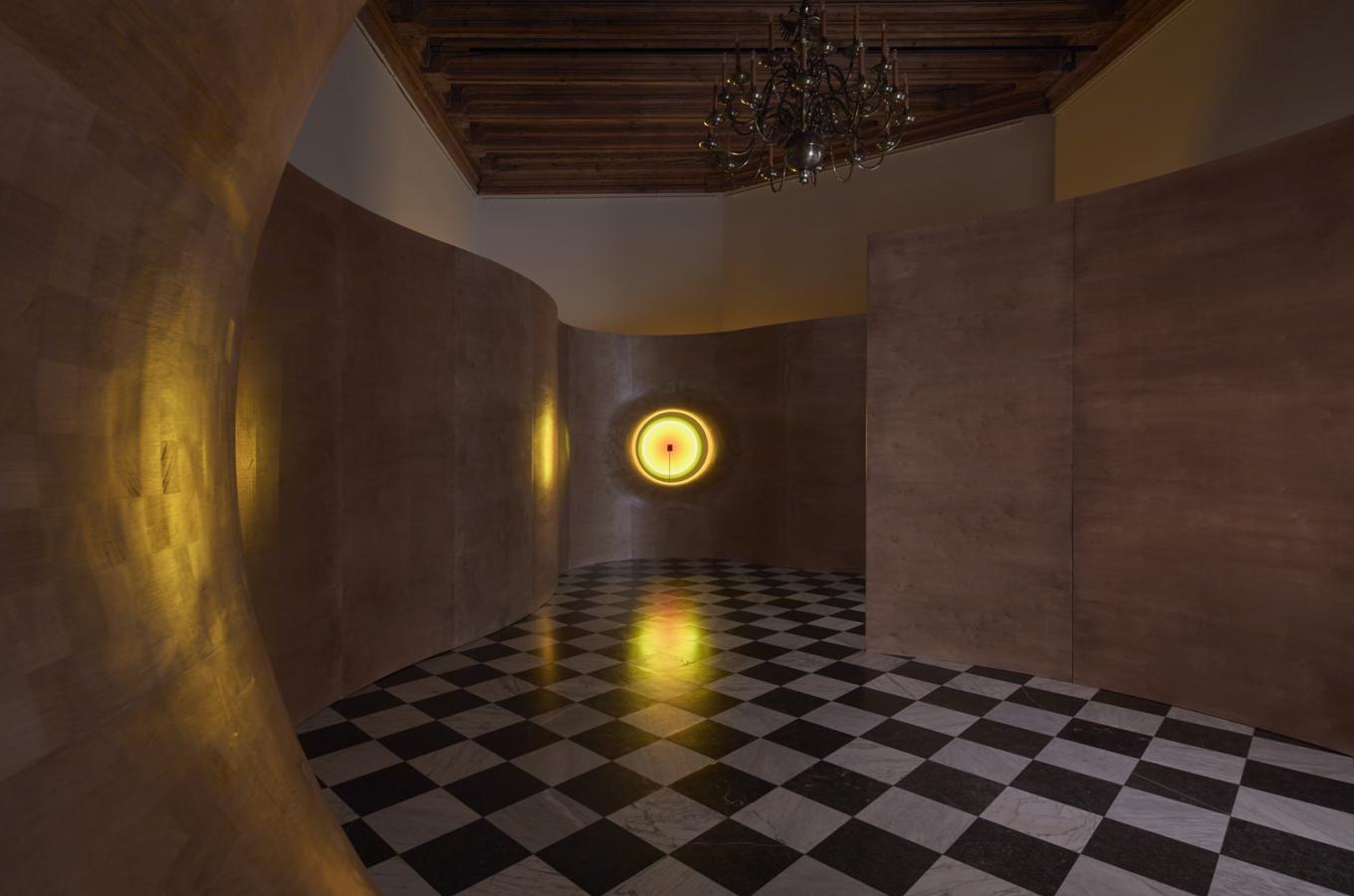
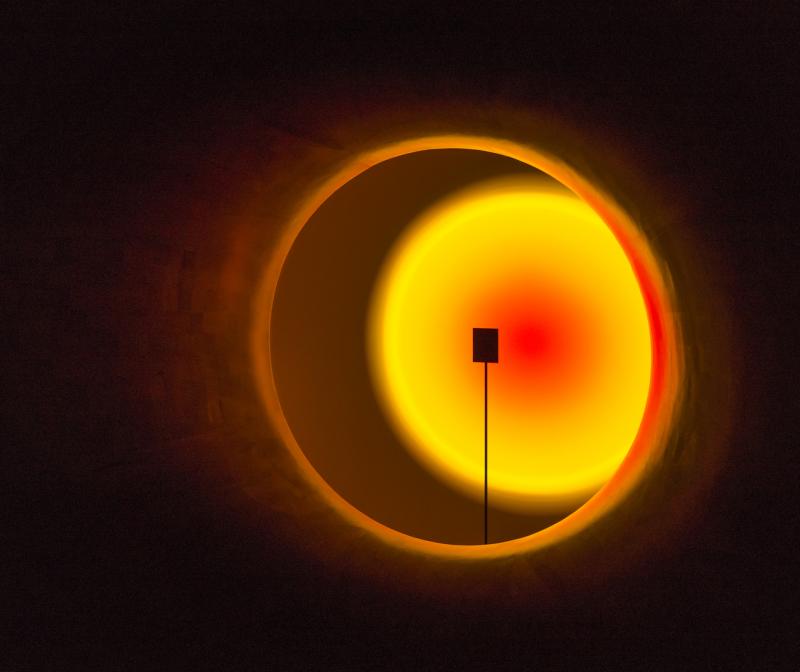

Exhibition designers: NArchitekTURA—Bartosz Haduch, Łukasz Marjański
Exhibition curators: Xavier Salomon, Joanna Winiewicz-Wolska
Exhibition coordinators: Julianna Karp, Kama Guzik
Visual design: Anna Szwaja
Photos: Anna Stankiewicz, Bartosz Haduch
NArchitekTURA | Web | Facebook | Instagram
Source: Designboom
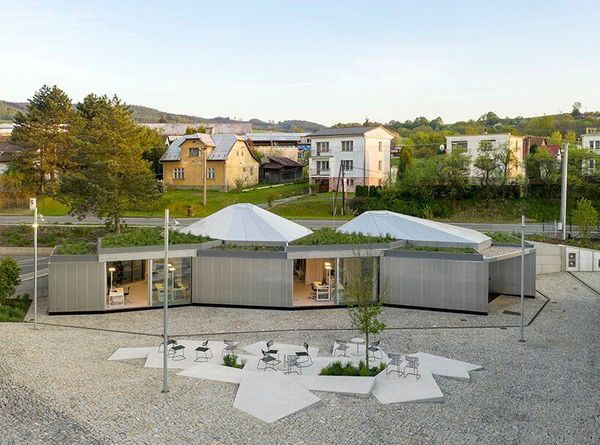
Flexible and convertible spaces from prefabricated elements
